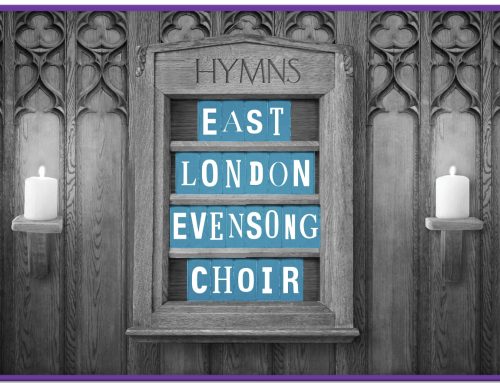Mary Magdalene – exemplar
Mary Magdalene – exemplar
I am delighted to have been asked to write this editorial for the Feast of Mary Magdalene, whose presence in the Gospels, almost entirely focused on her role in the Passion narratives, marks her as the principal witness to the resurrection and therefore one of the most significant figures in the New Testament. Unfortunately, because we know so little about her, it also makes her one of the most mysterious members of Jesus’ inner circle of close friends. It is little wonder that much has been projected onto Mary Magdalene, and many attempts have been made to understand her true role and relationship with Jesus and what that might mean for us.
Mary Magdalene is first mentioned by name in Luke chapter 8, as being among the women who accompanied Jesus, and from whom ‘seven demons had gone out’. (Luke 8:2) Whether Mary had been suffering with chronic physical or emotional illnesses, her life was transformed, not only by her healing, but by her consequent relationship with Jesus, as both student and friend, a friend whose loving devotion to Jesus took her to the foot of the cross, to keeping vigil at his tomb and to being the first witness of the resurrection.
The readings for the Principal Service in the Church of England’s Lectionary so brilliantly capture the dynamic of what we know about Mary. They include the Song of Solomon 3:1-4, Psalm 42: 1- 10 and 2 Corinthians 5: 14-17 as well as the heartbreakingly poignant passage from John 20 when Mary encounters the risen Christ. The passage from the Song of Solomon and Psalm 42 both contain exquisite strains of the deepest longings of love, and though written hundreds of years before the events of the Gospels, they resonate remarkably with the dynamic of what we sense in the encounter between Mary and Jesus after his resurrection.
People can argue, if they want to, about the designation of Mary’s precise role and whether or not she should be included among the apostles. (Like Augustine, I would say, of course she should be included, as ‘the apostle to the apostles’!) Her presence at Jesus’ crucifixion, her vigil at his tomb and her ecstatic recognition of the resurrected Jesus, speak of a love that was passionate, mutual, and committed. It is no accident that Jesus first revealed himself to Mary. And it is in the garden, after Jesus speaks her name and tells her she must no longer embrace him, and why, that Mary could have grasped more fully the nature of their love. By understanding that their relationship can exist in spite of physical separation, and by accepting her mission to ‘go and tell’, Mary’s grief and longing are transformed into acceptance and confidence in how things will be. She gets that the love she and Jesus share is a love that is, in the words from the Song of Solomon, ‘as strong as death’.
This not only points to the kind of relationship that she and Jesus had, but also to the heart of what Jesus is extending to all who follow him: he is inviting us, always and forever, into a relationship of loving intimacy, an intimacy of real presence. Even though it does not manifest in the material plane of our existence, we are ardently beseeched to trust that it is as real as the food we eat and the ground upon which we stand. Surely, this is what the sacraments, especially the sacraments of baptism, Eucharist and marriage, offer us – our immersion in Christ and Christ’s union with us, alive in the eternal bond of love. Whatever the exact nature of their relationship, as Cynthia Bourgeault puts it in her magnificent treatise on Mary Magdalene, “the intimacy Jesus and Mary Magdalene share exists, contextually, within the unitive love that grounds them – and all others open to it – within the kingdom of heaven.”* Discovering the nature of ‘unitive’ love becomes then the greatest challenge for anyone seeking to know God as God wants to be known. Mary
Magdalene stands throughout history as the exemplar of someone whose own life was transformed by that love and her enduring witness continues to point to the One who loved her.
The Rev’d Christina Rees CBE
Feast of St Mary Magdalene 22nd July 2020
(*Cynthia Bourgeault, The Meaning of Mary Magdalene, page 42)
Christina Rees CBE is a former member of the General Synod and Archbishop’s Council and is now a lay chaplain, writer and commentator. A leading campaigner for women’s ordination, she was chair of WATCH (Women and the Church) for nearly 14 years.





